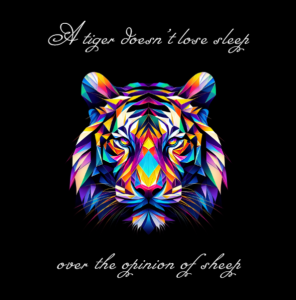by admin
Share
Designing software involves a detailed and iterative process that includes research, analysis, design, development, testing, and implementation. In this essay, we will explore the design process for a rideshare app, step by step.
- Research
The first step in designing a rideshare app is research. The team needs to gather information about the target audience, their needs, and their pain points. They can do this by conducting user surveys, user interviews, and usability testing. They should also analyze existing rideshare apps to understand their features, strengths, and weaknesses.
- Analysis
The next step is to analyze the data gathered during the research phase. This involves synthesizing the data to identify key insights, patterns, and trends. The team should use this analysis to create user personas and identify the most important user scenarios.
- Design
Based on the analysis, the team can start the design phase. They should create wireframes and low-fidelity prototypes to test their ideas and get feedback from users. This helps the team to iterate on their design ideas and refine the user experience. They should also create a high-fidelity design using tools such as Sketch, Figma, or Adobe XD.
- Development
After the design is finalized, the development phase can begin. The team should decide on the development platform and language, such as Swift or Kotlin for native iOS or Android apps, or React Native for cross-platform development. They should also define the database schema, APIs, and server infrastructure required for the app.
- Testing
Once the app is developed, it needs to be tested rigorously to ensure it meets the user requirements and is free of bugs. The team should perform unit tests, integration tests, and user acceptance tests. They should also conduct usability testing to ensure the app is easy to use and meets the user’s needs.
- Implementation
Once the app has been tested and any issues have been resolved, it’s time for implementation. This involves deploying the app to the app stores and ensuring it is available for users to download. The team should also provide documentation and support for users who may encounter issues with the app.
- Continuous Improvement
Finally, the team should continue to iterate on the app and make improvements based on user feedback and usage data. This involves monitoring user engagement metrics and making adjustments to the app’s features, user interface, and user experience. The team should also continue to test and debug the app to ensure it remains stable and performs well.
In conclusion, designing a rideshare app involves a detailed and iterative process that requires careful research, analysis, design, development, testing, and implementation. The team needs to collaborate closely to ensure they understand the user’s needs and deliver an app that meets their expectations. By following these steps, they can create a rideshare app that is user-friendly, reliable, and meets the needs of its users.
STAY IN THE LOOP
Subscribe to our free newsletter.
Leave A Comment
Why Fast Hosting Matters: How Speed Impacts Your Website’s SEO [...]
Designing for Conversions: 10 Must-Have Features for a High-Converting Lead [...]
























































